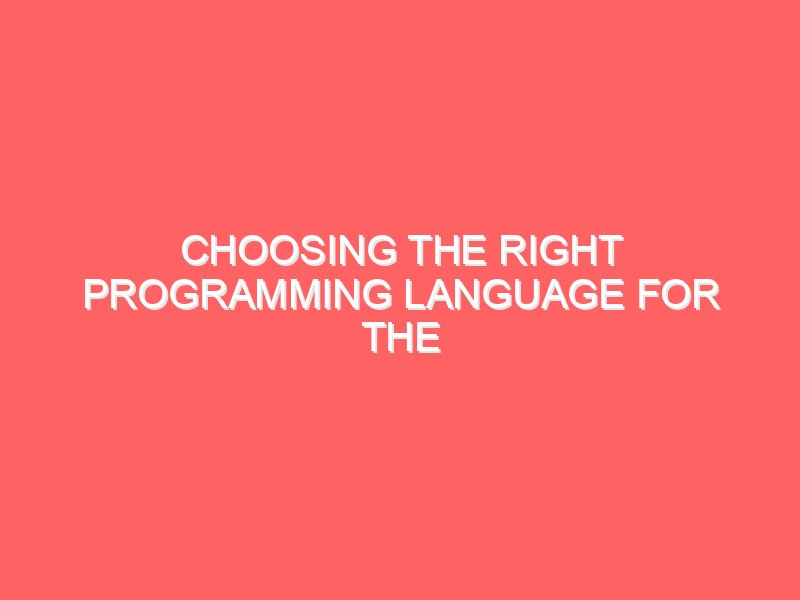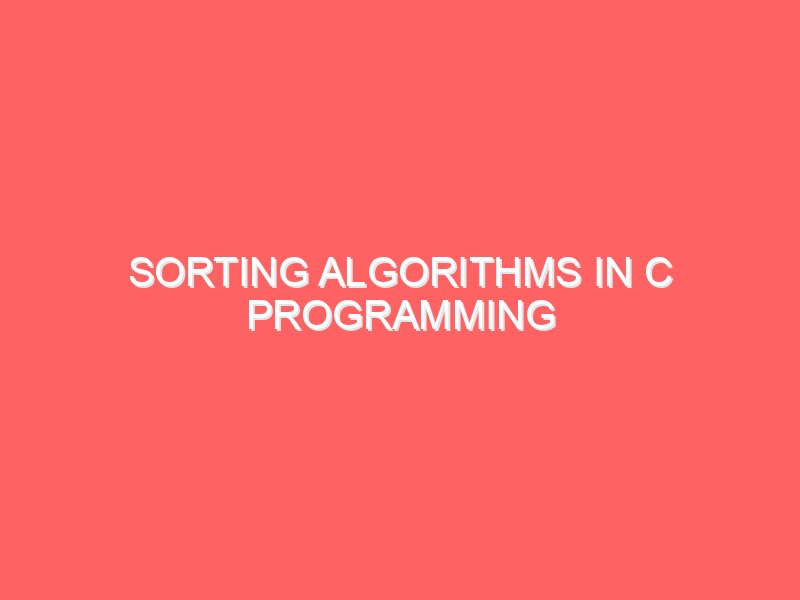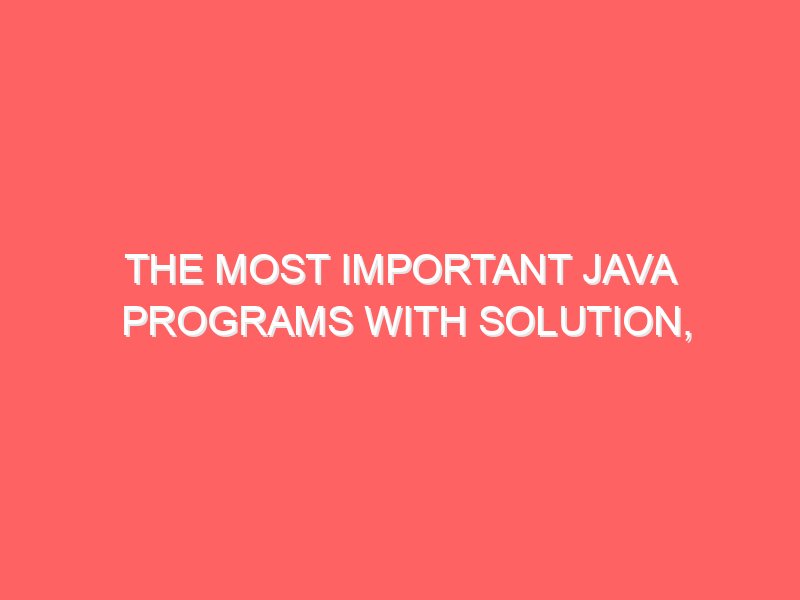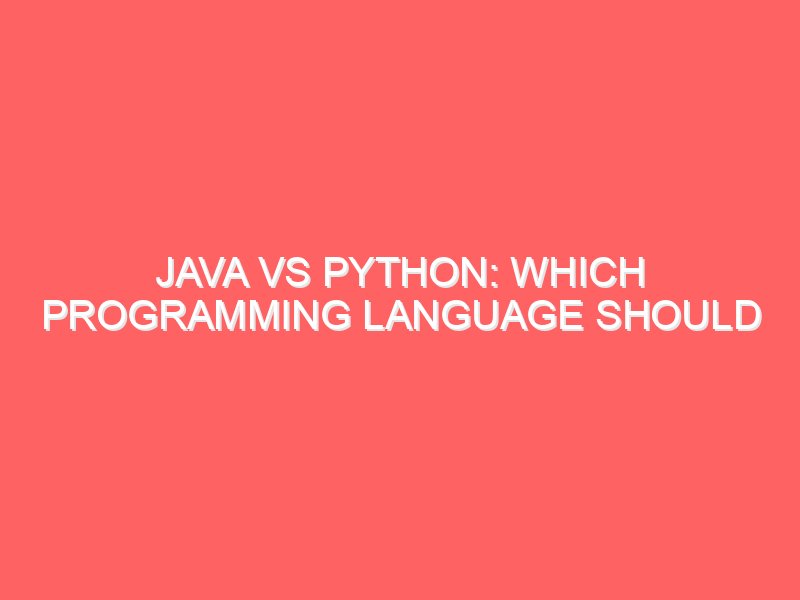Choosing the Right Programming Language for the Future
Introduction With the rapid advancement in technology, it is crucial to choose the right programming language for a successful career in the future. In this blog post, we will compare and contrast some of the most popular programming languages and discuss their industry relevance. Industry Relevancy Python: Python is widely used in various industries such as web development, data analysis, artificial intelligence, and machine learning. Its simplicity and readability make it a popular choice among developers. Java: Java is a highly versatile language used for developing enterprise-level applications, Android apps, and server-side applications. It has been in demand for a long time and is expected to remain relevant in the future. JavaScript: JavaScript is the backbone of web development. It is used for creating dynamic and interactive web pages. With the rise of frameworks like React and Angular, the demand for JavaScript developers is increasing. Hello World Program Python: print(‘Hello, World!’) Java: public class HelloWorld { public static void main(String[] args) { System.out.println(‘Hello, World!’); }} JavaScript: console.log(‘Hello, World!’); Best Projects Python: Python is ideal for projects involving data analysis, machine learning, and artificial intelligence. You can build recommendation systems, image recognition algorithms, and chatbots using Python. Java: Java is well-suited for developing enterprise-level applications, Android apps, and server-side programs. Some examples include building banking systems, e-commerce platforms, and customer relationship management systems. JavaScript: JavaScript is commonly used for web development projects. You can create interactive websites, single-page applications, and web-based games using JavaScript. Guaranteed Jobs Python: The demand for Python developers is constantly increasing, especially in the fields of data science and machine learning. Java: Java developers are highly sought after in the industry due to the wide range of applications it can be used for. JavaScript: With the rise of web development, JavaScript developers are in high demand. Companies are always looking for skilled JavaScript developers to create engaging user experiences on their websites. Best Choice for Non IT Graduates If you are a non-IT graduate looking to enter the programming world, Python is a great choice. Its simplicity and readability make it easier for beginners to learn and understand. Additionally, Python’s versatility allows you to work on various projects, including data analysis, web development, and artificial intelligence, providing more opportunities for non-IT graduates.
Choosing the Right Programming Language for the Future Read More »










